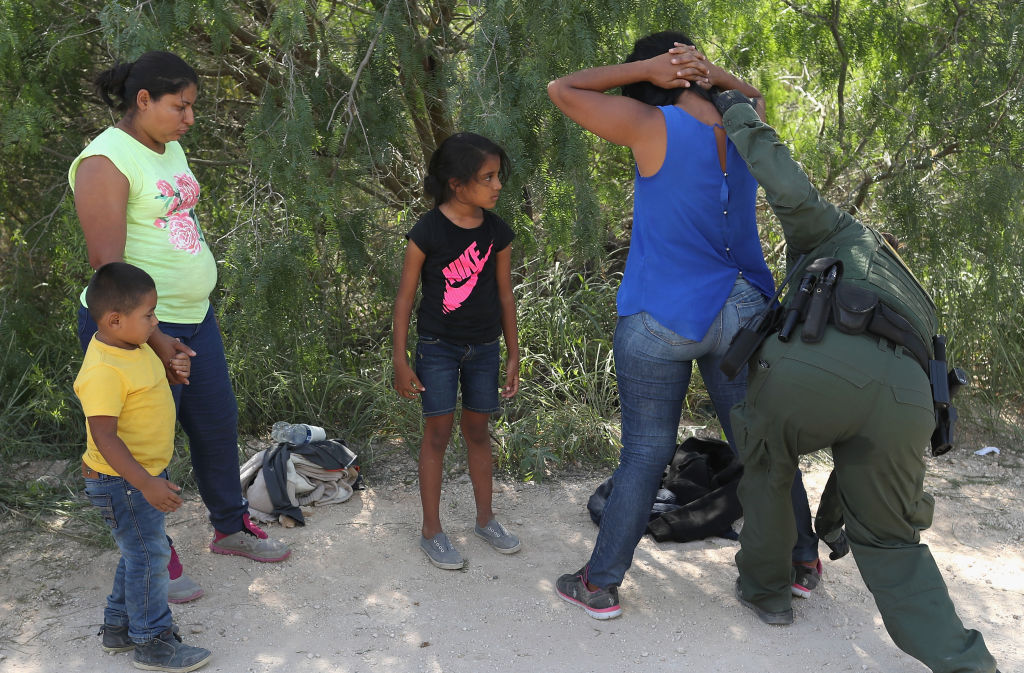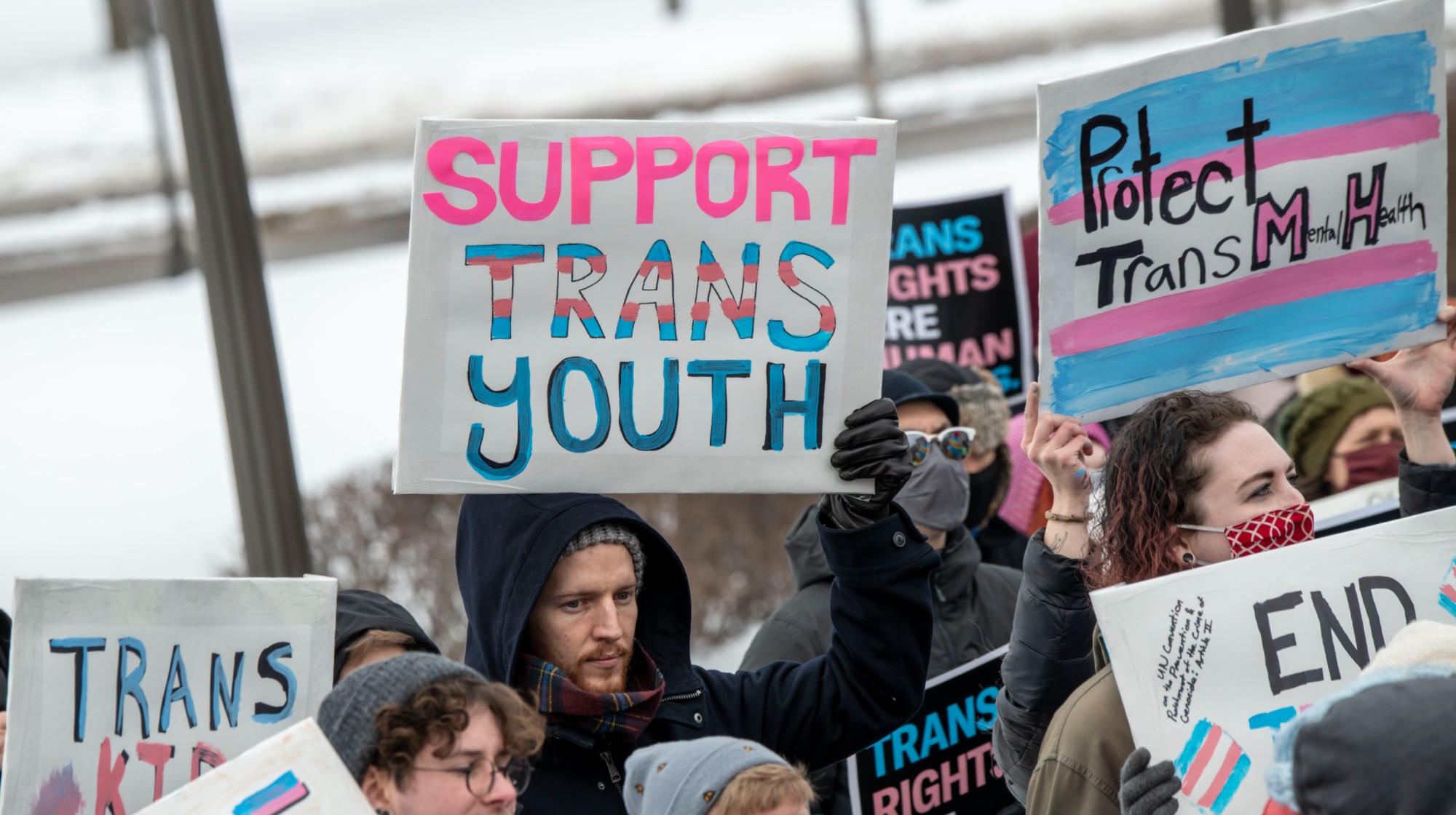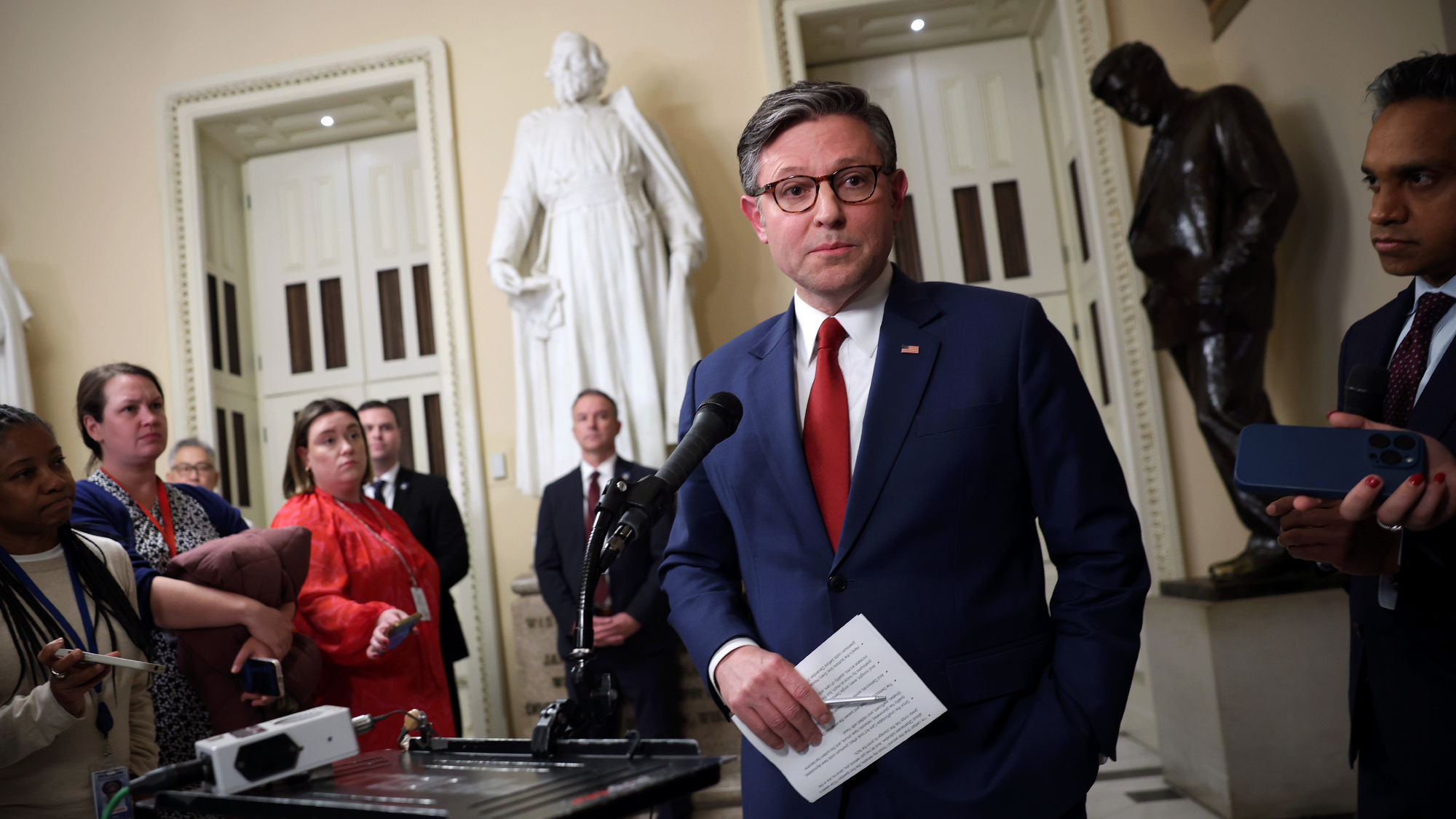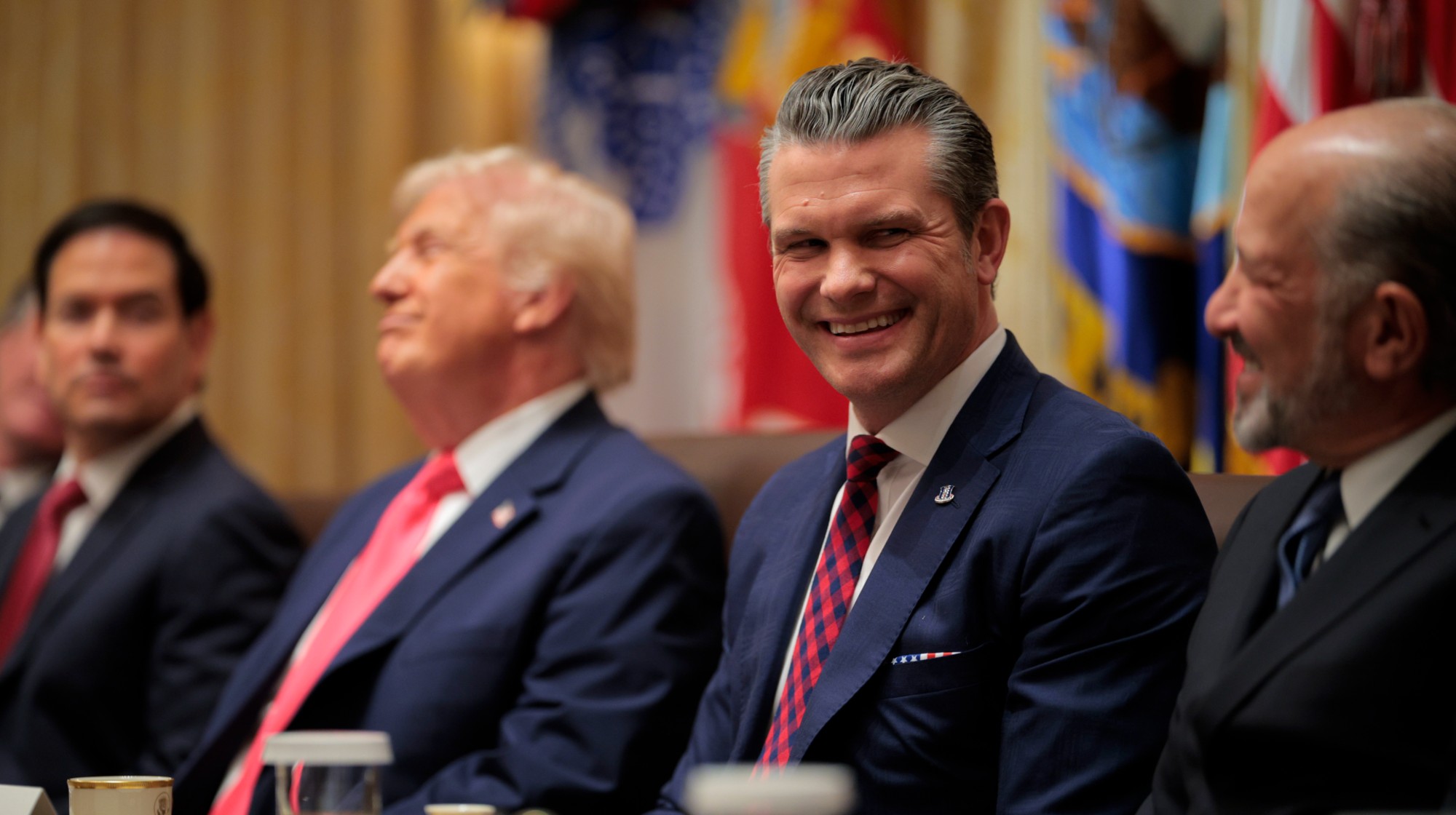The Trump administration has a policy for separating migrant kids from their parents, but not reuniting them


In May, the Trump administration rolled out a program it had been testing since last summer to charge everyone crossing the U.S.-Mexico border without proper documents with illegal entry, even asylum-seekers, a policy that "ends up systematically separating families because children can't go with their parents who are being detained by the U.S. Marshals," BuzzFeed News' Adolfo Flores explains. "But people charged with illegal entry go before a judge within days or weeks of their detention and are usually sentenced to time served for the misdemeanor. There appears to be no set procedure for what happens with parent and child after that."
Once the children are separated, they are handed over to the Health and Human Services Department's Office of Refugee Resettlement (ORR) "and treated as though they traveled to the U.S. alone," The New Yorker's Jonathan Blitzer adds. "No protocols have been put in place for keeping track of parents and children concurrently, for keeping parents and children in contact with each other while they are separated, or for eventually reuniting them. Immigration lawyers, public defenders, and advocates along the border have been trying to fill the void."
Immigrations and Customs Enforcement (ICE) spokeswoman Danielle Bennett told BuzzFeed News that "reunification typically does not occur until the removal stage of the process," and "the logistics of the reunification are made on a case-by-case basis." She declined to provide any statistics or give any examples of children successfully reunited with parents, saying, "We don't have any metrics to provide at this point and we wouldn't proactively give examples of this." Homeland Security Secretary Kirstjen Nielsen doesn't seem clear on some details, either.
The Week
Escape your echo chamber. Get the facts behind the news, plus analysis from multiple perspectives.

Sign up for The Week's Free Newsletters
From our morning news briefing to a weekly Good News Newsletter, get the best of The Week delivered directly to your inbox.
From our morning news briefing to a weekly Good News Newsletter, get the best of The Week delivered directly to your inbox.
Immigrant advocates say if there is a policy to track or reunite families, it isn't working on the ground.
A free daily email with the biggest news stories of the day – and the best features from TheWeek.com
Peter has worked as a news and culture writer and editor at The Week since the site's launch in 2008. He covers politics, world affairs, religion and cultural currents. His journalism career began as a copy editor at a financial newswire and has included editorial positions at The New York Times Magazine, Facts on File, and Oregon State University.
-
 Bari Weiss’ ‘60 Minutes’ scandal is about more than one report
Bari Weiss’ ‘60 Minutes’ scandal is about more than one reportIN THE SPOTLIGHT By blocking an approved segment on a controversial prison holding US deportees in El Salvador, the editor-in-chief of CBS News has become the main story
-
 CBS pulls ‘60 Minutes’ report on Trump deportees
CBS pulls ‘60 Minutes’ report on Trump deporteesSpeed Read An investigation into the deportations of Venezuelan migrants to El Salvador’s notorious prison was scrapped
-
 Trump administration posts sliver of Epstein files
Trump administration posts sliver of Epstein filesSpeed Read Many of the Justice Department documents were heavily redacted, though new photos of both Donald Trump and Bill Clinton emerged
-
 Trump HHS moves to end care for trans youth
Trump HHS moves to end care for trans youthSpeed Read The administration is making sweeping proposals that would eliminate gender-affirming care for Americans under age 18
-
 Jack Smith tells House of ‘proof’ of Trump’s crimes
Jack Smith tells House of ‘proof’ of Trump’s crimesSpeed Read President Donald Trump ‘engaged in a criminal scheme to overturn the results of the 2020 presidential election,’ hoarded classified documents and ‘repeatedly tried to obstruct justice’
-
 House GOP revolt forces vote on ACA subsidies
House GOP revolt forces vote on ACA subsidiesSpeed Read The new health care bill would lower some costs but not extend expiring Affordable Care Act subsidies
-
 Hegseth rejects release of full boat strike footage
Hegseth rejects release of full boat strike footageSpeed Read There are calls to release video of the military killing two survivors of a Sept. 2 missile strike on an alleged drug trafficking boat
-
 Trump vows naval blockade of most Venezuelan oil
Trump vows naval blockade of most Venezuelan oilSpeed Read The announcement further escalates pressure on President Nicolás Maduro


